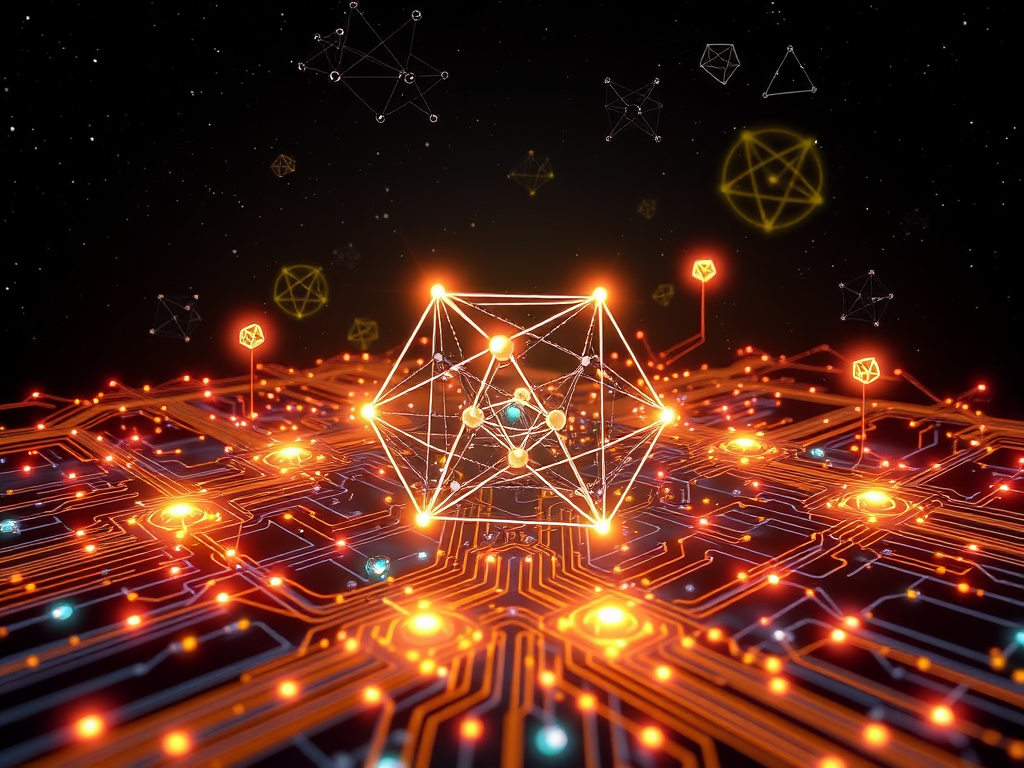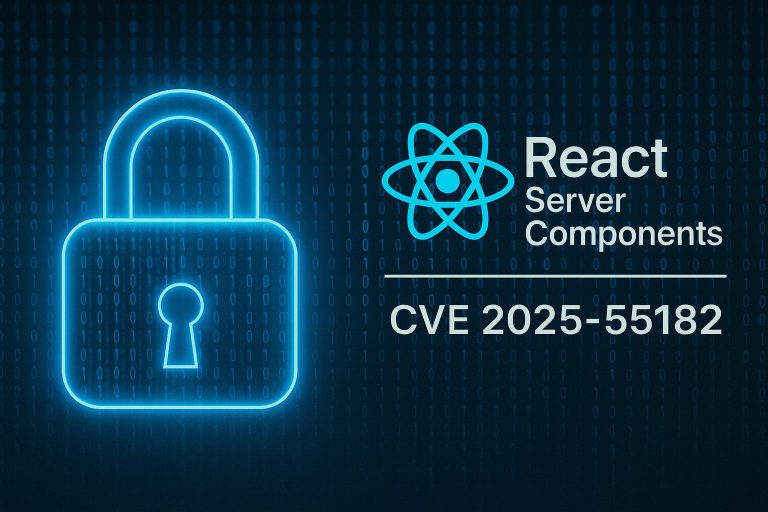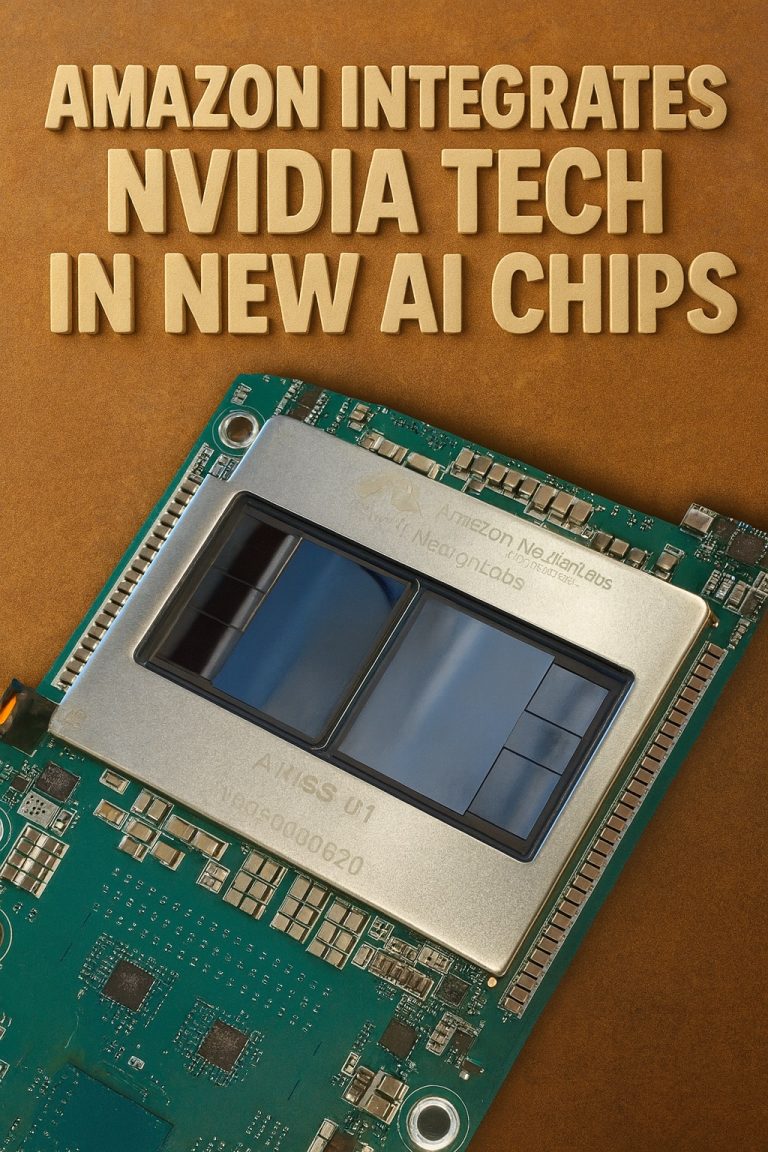
Quantum computing is an exciting area of technology that blends computer science with physics. This guide aims to explain the basics of quantum computing in simple terms, helping you grasp its key concepts, potential uses, and the challenges it faces.
What is Quantum Computing?
Quantum computing uses the principles of quantum mechanics, a branch of physics that studies very small particles, to process information differently from classical computers. While traditional computers use bits (0s and 1s) to store and process data, quantum computers use quantum bits, or qubits.
Qubits: The Basic Units
- Superposition: A classical bit can be either 0 or 1. A qubit, however, can be both 0 and 1 at the same time. This ability to exist in multiple states allows quantum computers to explore many possibilities simultaneously.
- Entanglement: Qubits can be linked, or entangled, so that the state of one qubit can depend on another, no matter how far apart they are. This connection can enable faster processing for certain tasks.
- Interference: Quantum computers can use interference to enhance the right answers while canceling out wrong ones. This can make problem-solving more efficient.
How Do Quantum Computers Work?
Quantum computers perform calculations using quantum gates, which manipulate qubits in ways similar to how classical logic gates work. These gates create quantum circuits, which are sequences of operations that lead to a solution.
Quantum Gates and Circuits
- Quantum Gates: These gates operate on qubits. Some common gates are:
- Hadamard Gate: Puts a qubit into a state of superposition.
- CNOT Gate: Entangles two qubits, changing the state of one based on the other.
- Quantum Circuits: A series of quantum gates forms a quantum circuit that transforms the qubits’ initial state into a final state that represents the solution to a problem.
Quantum Algorithms
Several algorithms show how quantum computing can outperform classical computing:
- Shor’s Algorithm: This algorithm can quickly factor large numbers, which could threaten current encryption methods used to secure data.
- Grover’s Algorithm: It speeds up the search through unsorted data, making it faster than classical search methods.
- Quantum Simulations: Quantum computers can simulate complex molecules and materials, which is valuable for fields like chemistry and materials science.
Applications of Quantum Computing
Quantum computing has many potential applications:
1. Cryptography
Quantum computers could break existing encryption methods, leading to new ways to secure information. Researchers are developing quantum-resistant algorithms to counter this threat.
2. Drug Discovery
Quantum computers can simulate how molecules interact, speeding up the drug discovery process by helping scientists design new medicines more efficiently.
3. Optimization Problems
Industries like logistics and finance can use quantum computing to solve complex optimization problems, improving efficiency and reducing costs.
4. Machine Learning
Quantum algorithms could enhance machine learning, allowing for faster data processing and better pattern recognition in AI applications.
5. Climate Modeling
Quantum computers could improve climate models by simulating complex interactions in the climate system more accurately, helping us understand and combat climate change.

Challenges and Future of Quantum Computing
Despite its potential, quantum computing faces several challenges:
1. Decoherence
Qubits are sensitive to their environment, which can disrupt their state. Keeping qubits stable long enough for calculations is a major challenge.
2. Error Rates
Quantum operations can introduce errors. Developing reliable error correction methods is essential for accurate computations.
3. Scalability
Building quantum computers with many qubits that work reliably is still a work in progress. Scaling up while minimizing errors and maintaining coherence is difficult.
4. Resource Requirements
Quantum computers require sophisticated setups, making them expensive and complex to build and maintain.
The Road Ahead
As research in quantum computing progresses, we may see breakthroughs leading to practical quantum computers within the next few years. Many tech companies and startups are investing in this field, indicating a bright future for quantum technology.
Collaboration
Collaboration among universities, industries, and governments is crucial for advancing quantum computing. Initiatives like the Quantum Economic Development Consortium (QED-C) aim to foster innovation and create a skilled workforce.
Learning Resources
As interest in quantum computing grows, many educational resources are becoming available. Online courses, tutorials, and open-source software (like Qiskit and Cirq) provide opportunities for anyone to learn about and experiment with quantum computing.
Conclusion
Quantum computing represents a new way of thinking about computation. While it is still developing, the concepts of superposition, entanglement, and quantum algorithms open up exciting possibilities that could change many industries.
As we explore and develop this technology, understanding its basics will be helpful for anyone interested in the future of computing. With ongoing research, the coming years could bring practical quantum computers that can solve problems we currently find difficult or impossible. The implications for society, technology, and our understanding of the universe are vast and promising.






